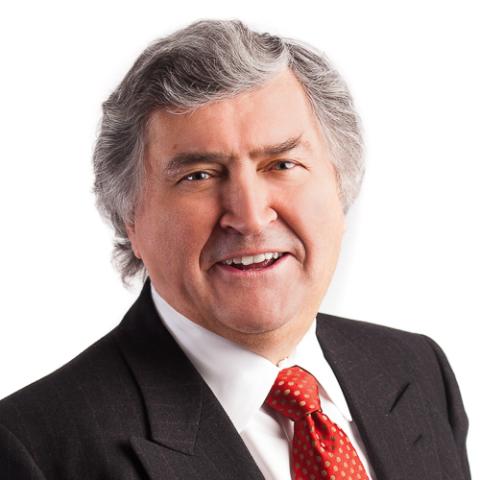Today marks World Press Freedom Day, and we can be thankful for the great blessings of press freedom. This is true for its own sake but also because such freedom is also intertwined with religious freedom.
This connection is often overlooked. For example, I checked what ChatGPT had to say on the matter. After it had sifted millions of words on the subject, it came up with “Press freedom and religious freedom are two distinct and separate rights. Press freedom refers to the right of individuals and organizations to express their opinions and ideas through the media, without fear of censorship or persecution. Religious freedom, on the other hand, is the right to practice one’s religion freely and without interference or coercion from the state or other individuals.”
When pressed, it did allow that “these two rights can sometimes intersect and affect each other. In some countries, the government or dominant religious groups may use their power to suppress press freedom in order to maintain control over the narrative and prevent criticism of their actions or beliefs…. Conversely, in some cases, religious groups may use their influence to restrict press freedom by calling for censorship of content that they find offensive or sacrilegious.”
But these examples illustrate the possible misuse of such freedoms rather than clarifying their intrinsic connection.
It is vital to recognize the broad scope of religion itself and hence of religious freedom. Religion is not a separate, isolated segment of human existence. It is not merely what people do with their solitude. It is not only acts of worship on a Sunday, or a Sabbath, or a Friday. It is not simply adherence to creeds or doctrines. Religion is one of the fundamental shapers of human life.
This is why Article 18 of the Universal Declaration of Human Rights reads: “Everyone has the right to freedom of thought, conscience and religion; this right includes freedom to change his religion or belief, and freedom, either alone or in community with others and in public or private, to manifest his religion or belief in teaching, practice, worship and observance.” (emphasis added).
This is also why the U.S. Commission on International Religious Freedom stresses that: “The full scope of the right to manifest religion or belief includes the rights of worship, observance, practice, expression, and teaching, broadly construed, including property rights regarding meeting places, the freedom to manage religious institutions, and the freedom to possess, publish, and distribute liturgical and educational materials.” (as referenced here by the International Center for Law and Religion Studies at BYU)
There is no agreed upon definition of religious freedom, but we can say that it is different from some particular human rights, such as freedom of speech or the press or association, which might entail focusing only on particular organizations or practices.[i] With freedom of association we can look at restrictions on how people may gather and organize. With freedom of the press we can look at controls on particular media and the weight of penalties applied with those controls. But religious freedom cuts across a wide swathe of human rights and may best be regarded as a particular aspect of a range of human rights.
I suggest the following six elements as key components of religious freedom:
- Freedom for believers to engage in particular practices apparently peculiar to religion – including, inter alia, particular modes of diet, dress, and prayer.
- Freedom to gather together for worship (it is particularly regrettable that there is an increasing practice of trying to reduce freedom of religion to freedom of worship).
- The freedom of religious institutions and organizations to decide on their governance, rules, and personnel.
- The freedom of religious people to found and maintain distinctive social organizations, such as hospitals, family and welfare agencies, educational institutions, and media.
- Any human right, in so far as it involves particular religious bodies, individuals, and activities (e.g., freedom of speech involving distinctly religious speech is an aspect of religious freedom).
- Freedom from discrimination or violent attack on the grounds of religion.
These elements are connected to other rights. Freedom to proclaim one’s religion is necessarily also a question of freedom of speech. The freedom of religious believers to congregate is necessarily also a question of freedom of association. And the freedom of religious organizations to use media is necessarily also a question of freedom of the press. In short, religious freedom is concerned not only with particular, peculiar “religious rights,” but also with any and all human rights insofar as they involve religion.
Religious press can encompass everything from church bulletins, streaming church services, and diocesan and other magazines, to national radio and TV shows. This press is not merely parochial, in either meaning of that term, but can have a massive reach. Christian magazines have millions of readers, and the (Catholic) Eternal Word Television Network (EWTN) is available in approximately 160 million television households in over 145 countries, arguably making it the largest religious media network in the world. Apart from these focused media outlets, there are a multitude of religious expressions in ostensibly ‘secular’ media, and thousands of podcasts.[ii]
Restrictions on these media would be not only violations of press freedom but at the same time violations of religious freedom.
We should cherish and defend freedom of the press based on its own merit and because it is fundamental to protecting a multitude of other freedoms and rights. One of these is religious freedom, which is, in turn, foundational to press freedom and a host of other human rights.

















